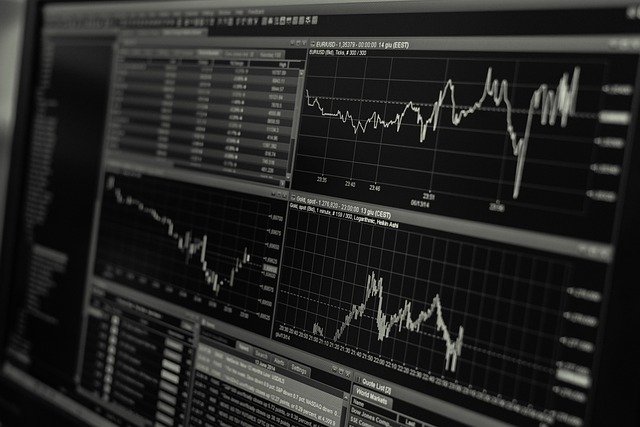Rethinking Risk in the Age of Automation: A Comprehensive Guide
The world of finance is in a constant state of flux, shaped by evolving technology, market dynamics, and consumer behavior. One of the most transformative trends of our time is automation, a sweeping digital revolution that is redefining how we approach risk. This article provides an in-depth exploration of this paradigm shift, offering practical insights and strategies for navigating the age of automation.

Automation is undeniably changing the landscape of finance. From automated trading systems to algorithm-based risk management, the integration of advanced technology is reshaping the way we perceive and manage risk. The advent of automation brings opportunities, such as increased efficiency and precision. However, it also introduces new challenges and risks that require a solid understanding and strategic approach.
The Advent of Financial Automation
The origins of financial automation date back to the late 20th century, with the rise of computerized trading and the advent of the internet. These developments paved the way for an era of digital finance, characterized by high-speed transactions, real-time data analysis, and algorithm-driven investment strategies. Over time, automation has seeped into every corner of the finance industry, from banking and insurance to asset management and risk assessment.
The Impact of Automation on Risk Management
Automation has brought a new dimension to risk management. Algorithms can process vast amounts of data at lightning speed, identifying patterns and trends that would be impossible for a human analyst to detect. This capability allows for more accurate risk assessment, enabling investors and financial institutions to make informed decisions rapidly.
However, automation also brings new risks. For instance, algorithmic trading can lead to flash crashes, as we saw in the 2010 stock market crash. Additionally, the reliance on automated systems can lead to complacency, with the potential for catastrophic results if these systems fail or are compromised.
Navigating the Risks in an Automated World
Understanding and managing the risks associated with automation is crucial for financial success. This requires a balance of embracing the benefits of technology while remaining aware of its potential pitfalls.
Practical Strategies for Risk Management in the Age of Automation
-
Understanding the technology: Before adopting any automated system, it’s crucial to understand how it works. This includes understanding the algorithms that drive the system, as well as the underlying data used to make decisions.
-
Maintaining human oversight: While automation can handle many tasks more efficiently than humans, it’s essential to maintain human oversight. This can help catch errors or anomalies that might be missed by an automated system.
-
Regular system reviews: Automated systems should be regularly reviewed and updated to ensure they’re functioning correctly and optimally. This includes testing the system under different market conditions to see how it performs.
-
Risk diversification: Don’t put all your eggs in one basket. Diversifying your investments can help to mitigate the risks associated with reliance on automated systems.
In the age of automation, risk management is evolving. While the advent of financial automation brings significant benefits, it’s crucial to approach it with a critical eye and a robust risk management strategy. By understanding the technology, maintaining human oversight, and regularly reviewing your systems, you can harness the power of automation while mitigating its risks.
The future of finance lies in the balance between human intuition and technological innovation. As we continue to explore the possibilities of automation, it’s essential to remain vigilant, adaptable, and informed. Remember, in the world of finance, the only constant is change.





